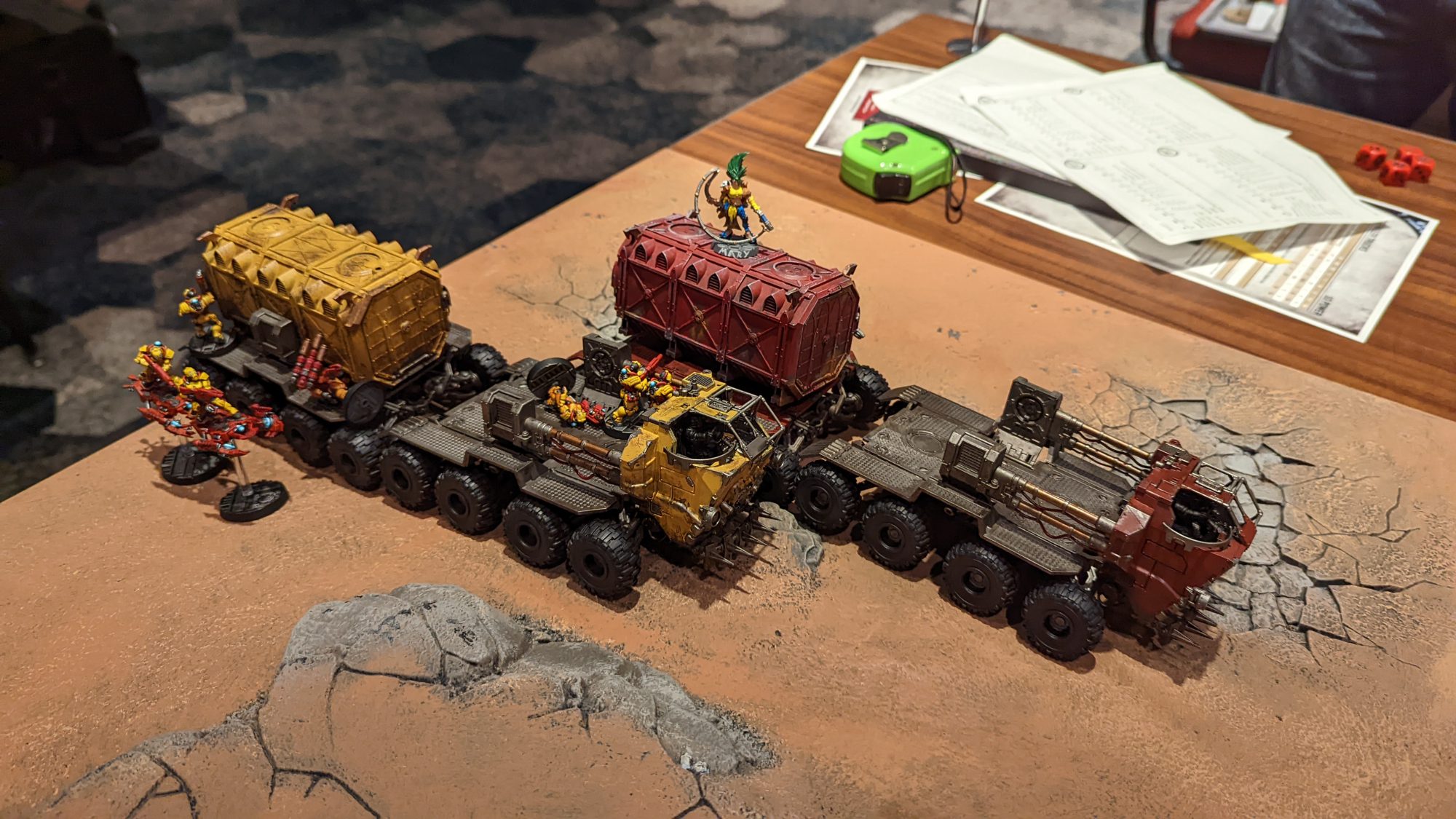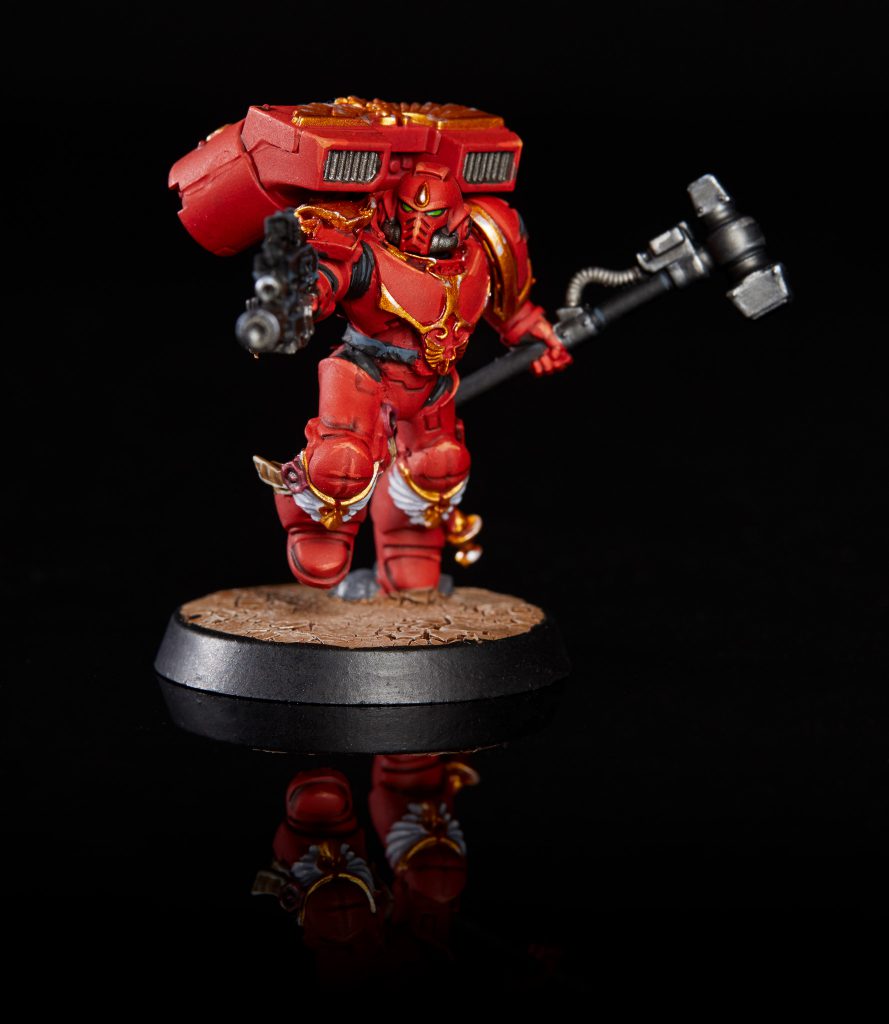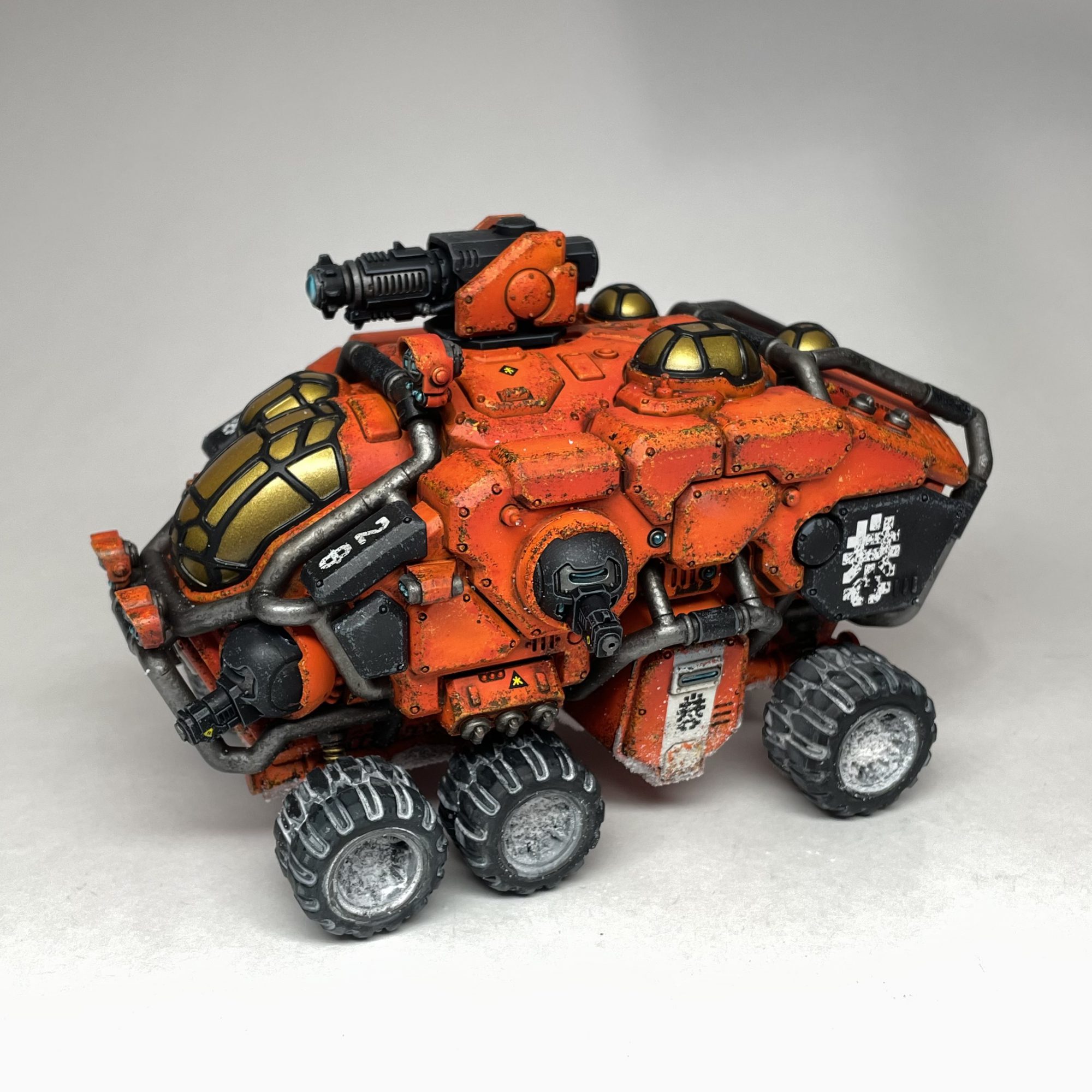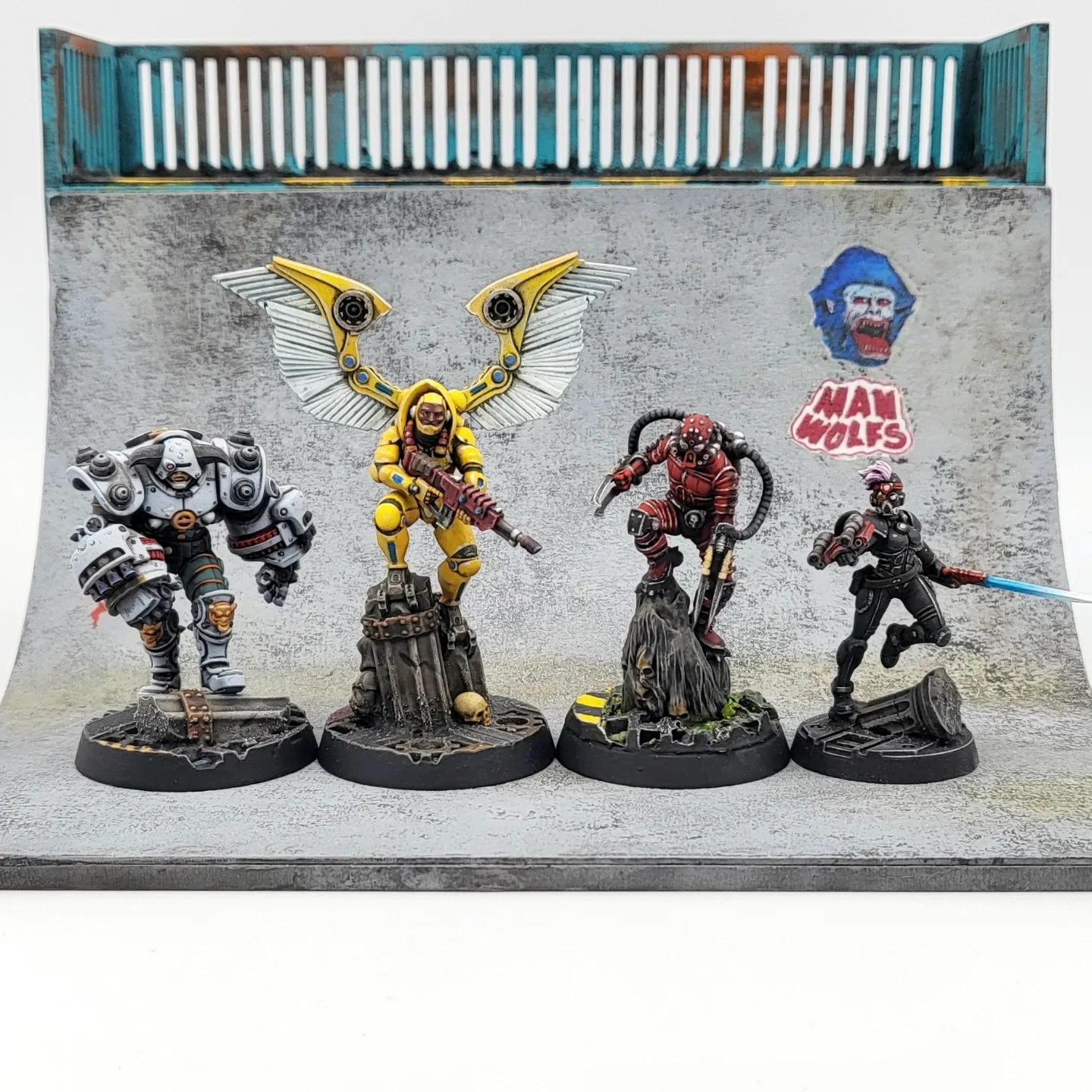This week’s Hammer of Math continues the tradition of trying to avoid doing math over the Christmas holiday by looking at Kevin’s favorite articles from 2022.
I regret to inform you that I was less productive in 2022 than 2021; I only wrote 53,324 words this year which is a 1.04% reduction over the 53,883 I did the year before. For context that’s still twice the number of words I wrote on the doctoral dissertation that I successfully defended this year, so clearly I have my priorities straight. The summer of 2022 was also when my family added our third child and I painted two tables worth of terrain for the Goonhammer Open. No, I don’t know how I did it either.
Just like last time, I’m taking a look at my five favorite articles from 2022. There’s no particular order or ranking to them, and the reasons may not resonate the same with you as they have with me, but as always I appreciate the opportunity to share my work with the community. I hope that this year you enjoyed reading Hammer of Math as much as I did writing it.

300 Point Mathematical Castoff
The inspiration for various articles comes from all sorts of places. In the case of the article I wrote about the Repulsor Executioner it came from a place of irritation regarding how this 300 point floating brick I was painting was objectively terrible. A key source of this irritation was the Hekaton Land Fortress, which was better in every possible way while also being vastly cheaper. The best part was that the article inspired the term “Mathematical Castoff” from our Twitter Feed, which inspired me to name the tank I was painting at the time Purgatum Mathematica which is faux Latin for “Mathematical Purgatory”.
The next one will be named Calculus Maledictus.

Cargo Trucks Shrugging Off Lascannons
When Games Workshop released the Ash Wastes boxed set and the Book of the Outlands supplement, it included rules for bringing vehicles ranging from quad buggies to full-on land trains. After covering the basics of vehicle combat over the summer, in September I did a deep dive into exactly how much damage is required to kill the various vehicles. What I found was rather amusing. While a light vehicle like a quad is barely more difficult to kill than a person, the heavier vehicles started to be able to shrug off even lascannon rounds meant to punch through armored tanks. When I looked at the Cargo-8 Ridgehauler, I found that if you add enough trailers to it the stupid thing is basically impossible to kill. This is why I recommend only using custom vehicles (without the dumb credit penalty) for campaigns, because the disparity between the custom vehicles and the GW-built ones is egregious.
The Economics of Homesteading
While a lot of my articles look at the impact of major rules changes, such as the influence of Crusher Stampede and the new Codex: Tyranids, sometimes I enjoy an opportunity to look at something completely off the wall like the economics of an Necromunda campaign. I had an opportunity to do that a few weeks ago when I used Python to simulate the progression of an Outlander Campaign. The simulation explored how income could be generated via missions and looked at the range of outcomes as displayed in a helpful little bot plot. The reason I like this article so much is twofold. First, I’m really proud of how the coding worked out and how the data could be displayed. Second, it gives me a springboard for examining future campaigns and eventually looking at what the ideal progression could be.

Quantifying How the Game Breaks
Back in March I decided to take a retrospective look at the various ways that Games Workshop had broken Warhammer 40k and what effects they had in common. The end result was four problem areas regarding stacked damage reduction, messing with abilities to ignore wounds, bypassing the roll process, and playing around with bonus attacks. All of these topics can cause serious problems with the balance of the game because they violate established norms and distributions. It was a lot of fun to examine how things would go, and it served as a helpful reference for future articles…

Summoning James Workshop
The last article I will talk about was both my favorite article to write and also my most heavily read this year, and that would be about how utterly and completely broken the original rules for Leagues of Votann rules were. Warhammer 40k is more than just a game in a vacuum; it’s a major way that people socialize and the health of the game is paramount to that. Things that damage the balance of the game are a risk not just for how an individual game goes, but the viability of the hobby itself should the issues become systemic. Games Workshop seems to understand that, because in response to the community’s anger they summoned James Workshop for an apology and released a FAQ before most of the models could even be purchased. Knowing that the community and design teams care that much about the game is very encouraging.

We’re on to 2022
The same things I wrote in 2021 haven’t changed in 2022. I never expected that this column would be so well received and that playing with spreadsheets and Python code would be so rewarding. The reason for this is entirely because of you, the reader. Knowing that my work is helping you, or even that you care enough to tell me when I’m wrong, is something I sincerely appreciate and hope to continue into next year. As always, thank you for reading.
If you have any questions or comments feel free to drop us a note in the Comments below or email us at contact@goonhammer.com. That’s also the best way to suggest topics for future articles.



